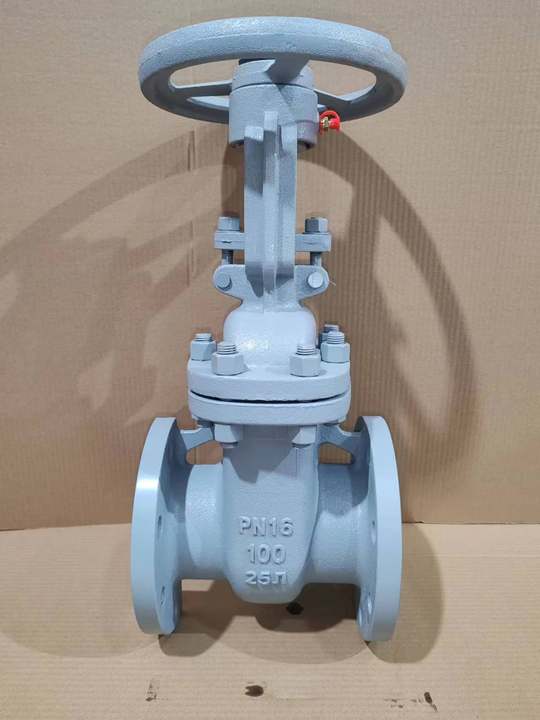cryogenic butterfly valve
Cryogenic Butterfly Valve An Overview
In the world of industrial applications, managing fluids at extreme temperatures presents unique challenges. One critical component in these applications is the cryogenic butterfly valve. Designed specifically for handling liquid gases and fluids at extremely low temperatures, cryogenic butterfly valves play a vital role in various industries, including liquefied natural gas (LNG), chemicals, aerospace, and refrigeration systems.
Understanding Cryogenic Butterfly Valves
A cryogenic butterfly valve is a type of flow control device that utilizes a rotating disc to regulate the flow of fluids. The valve is designed to operate effectively at temperatures below -150 degrees Celsius (-238 degrees Fahrenheit). The unique construction and materials used in cryogenic valves are essential to ensuring their reliability and performance under such harsh conditions.
The primary components of a cryogenic butterfly valve include the body, disc, stem, and sealing mechanism. The body is typically made from high-strength materials that can withstand extreme temperatures, such as stainless steel or special alloys. The disc is shaped like a butterfly, allowing for quick and efficient flow regulation. When the valve is opened, the disc rotates about a central axis, presenting minimal obstruction to the flow. This design ensures low pressure drop and a smooth flow path, making it ideal for applications where efficiency is critical.
The Importance of Insulation
One of the defining features of cryogenic butterfly valves is their insulation
. Given the low operating temperatures, insulation is crucial to prevent heat transfer from the surrounding environment, which can cause condensation and ice formation. The insulation material is usually selected based on its thermal performance and compatibility with cryogenic liquids. A well-insulated valve not only enhances the operational efficiency but also prolongs the valve's lifespan, minimizing maintenance needs.Applications of Cryogenic Butterfly Valves
cryogenic butterfly valve

Cryogenic butterfly valves find applications across various industries. In the LNG industry, for example, these valves are essential for controlling the flow of natural gas that has been liquefied for transportation. Their ability to operate efficiently at low temperatures ensures safe and effective management of LNG throughout the supply chain—from production to storage and distribution.
In the aerospace sector, cryogenic butterfly valves are utilized in propulsion systems. These valves control the flow of liquid oxygen and hydrogen, which are critical fuels for rocket engines. Their reliability in extreme temperatures is paramount for the safety and success of space missions.
Moreover, cryogenic butterfly valves are also used in medical and laboratory applications, such as in cryopreservation processes. By maintaining extremely low temperatures, these valves help preserve biological samples and other sensitive materials, contributing to advancements in research and healthcare.
Advantages of Cryogenic Butterfly Valves
There are several advantages associated with using cryogenic butterfly valves. The most significant is their ability to manage high flow rates with minimal pressure drop, which is a critical factor in many industrial applications. Additionally, their straightforward design allows for easy operation and maintenance, reducing downtime and operational costs.
Furthermore, cryogenic butterfly valves often come with advanced sealing technologies that prevent leaks, ensuring safe and efficient operation in critical processes. The materials used in their construction are carefully selected for compatibility with cryogenic fluids, minimizing the risk of corrosion and enhancing durability.
Conclusion
Cryogenic butterfly valves are essential components in various industries that require the management of fluids at extremely low temperatures. Their unique design, excellent flow control capabilities, and reliability make them invaluable in applications ranging from LNG processing to aerospace propulsions. As industries continue to evolve and expand their operations in extreme conditions, the demand for efficient and reliable cryogenic valves will undoubtedly grow, making them a focal point in the development of advanced fluid control technologies.
-
The Key to Fluid Control: Exploring the Advantages of Ball Valves in Industrial SystemsNewsJul.09,2025
-
The Versatile World of 1, 2, and 3 Piece Ball ValvesNewsJul.09,2025
-
Stainless Steel Ball Valves: The Ideal Choice for Efficient Flow ControlNewsJul.09,2025
-
Optimizing Fluid Control with Ball Float ValvesNewsJul.09,2025
-
Manual Gate Valves: Essential for Control and EfficiencyNewsJul.09,2025
-
Everything You Need to Know About Butterfly ValvesNewsJul.09,2025
-
The Versatility of Wafer Type Butterfly ValvesNewsJul.08,2025




